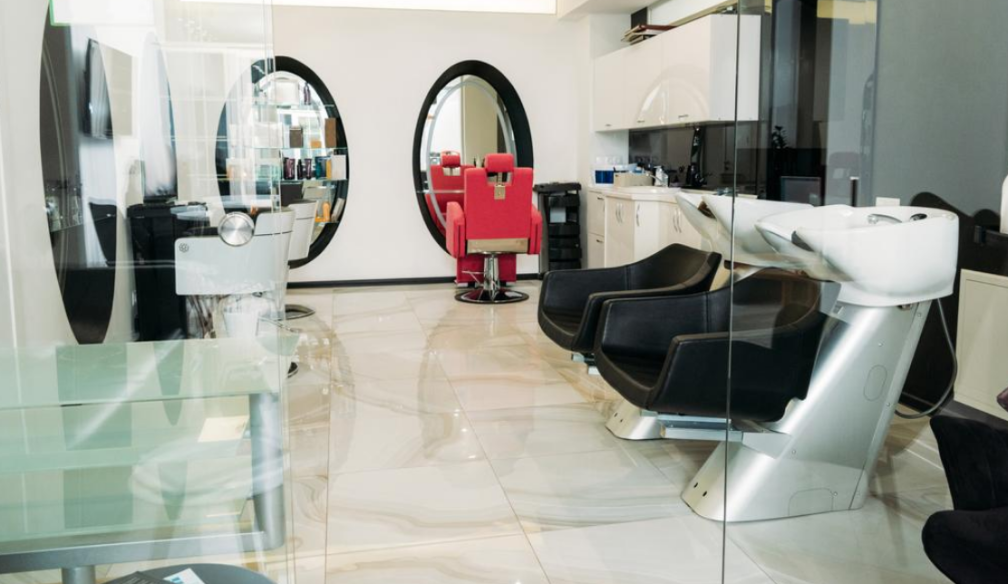Effective Revenue Model for Your Hair Salon
- Written by NewsServices.com

Hair Salon Revenue Model
The business model of a hair salon revolves around the provision of services such as haircuts, styling, coloring, and other beauty treatments. Hair salons can also offer additional services such as makeup or nail care. These services are typically provided by skilled stylists and technicians who specialize in various areas of hair care. The salon typically receives a commission from the products sold to customers as part of the service they provide.
Pricing Structure
The pricing structure for a hair salon revenue model at Payleadr will vary depending on the type of service being provided and the level at which each service is offered. For example, basic haircuts may start at $15 while more complex treatments like highlights or balayage may cost up to $150. Additionally, certain luxury services like scalp massages or deep conditioning treatments can cost up to $200 per session.
Advertising & Marketing Strategies
Advertising is an important part of generating revenue for any business, including a hair salon. Advertising campaigns should be created with specific goals in mind such as increasing customer loyalty or creating awareness about new products and services offered by the salon. Social media marketing is also beneficial for reaching potential customers quickly and efficiently while providing them with information.
Staffing Model
A staffing model is a document that outlines an organization's human resources strategy and the steps taken to ensure the right personnel is in place to meet organizational goals. It is developed as part of an overall human resources plan and describes how various job roles and positions are staffed, from recruitment through to retirement. A staffing model can help organizations better understand their current workforce, predict future needs and determine how best to maintain a competitive advantage in the labor market.
The main purpose of a staffing model is to provide organizations with an effective way of managing their employees. Predicting future needs based on past performance and existing trends, helps them plan for upcoming hiring requirements, identifies potential areas for improvement or change in staff composition, manages personnel costs, aligns talent with business strategies, and creates job descriptions that accurately reflect the requirements of each role within the organization. It assists with employee development by helping organizations identify training opportunities or areas where additional expertise may be needed.
When creating a staffing model, employers should first consider their current workforce composition: what specific skills are needed? How many people do they need? What type of roles should be filled? From there they can establish goals for recruiting new talent (if necessary) such as diversity-related initiatives or other initiatives.
Conclusion
The hair salon revenue model is an effective way for salon owners to maximize their profits and create a successful business. With the right pricing strategy and marketing techniques, salons can attract customers and increase their overall revenue. Additionally, understanding customer trends and preferences helps salons tailor their services to ensure they are meeting customer needs. By taking advantage of the hair salon revenue model, salons can ensure they can deliver quality services while still maintaining strong profitability.








